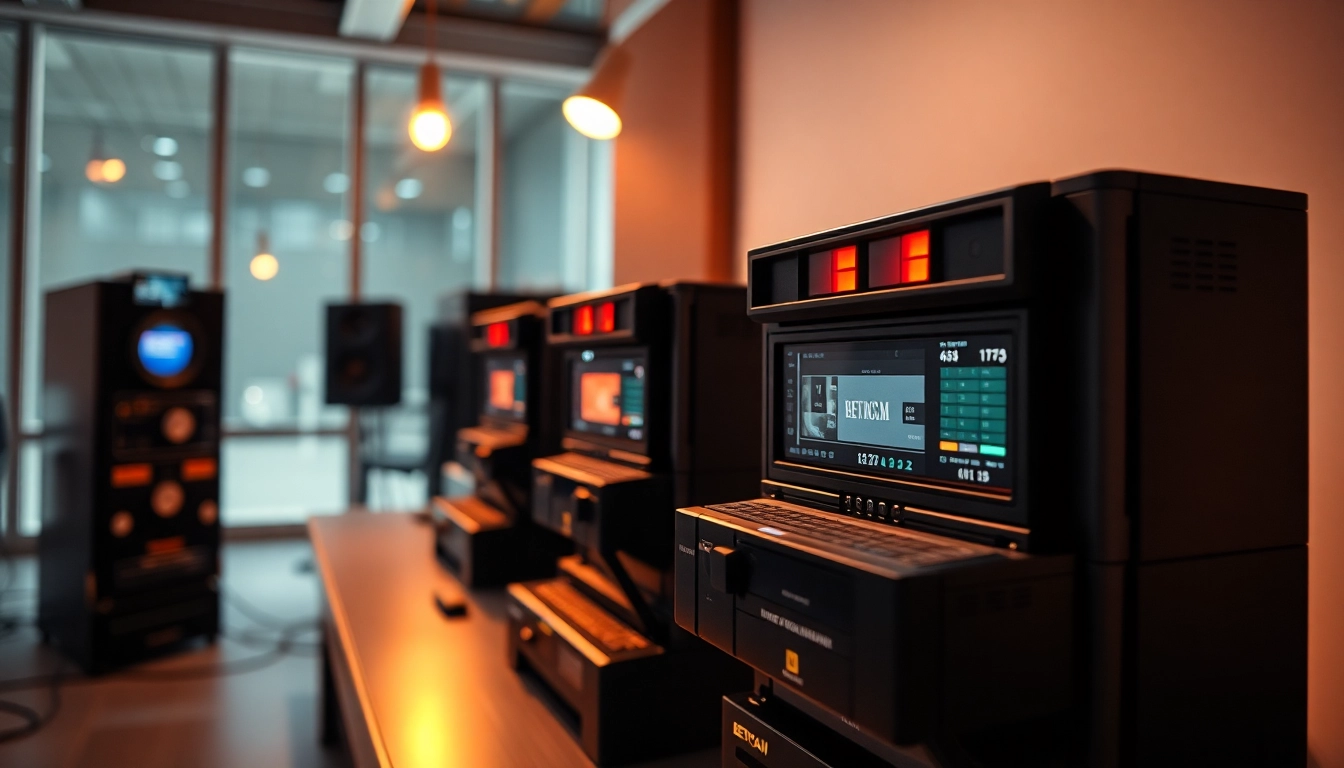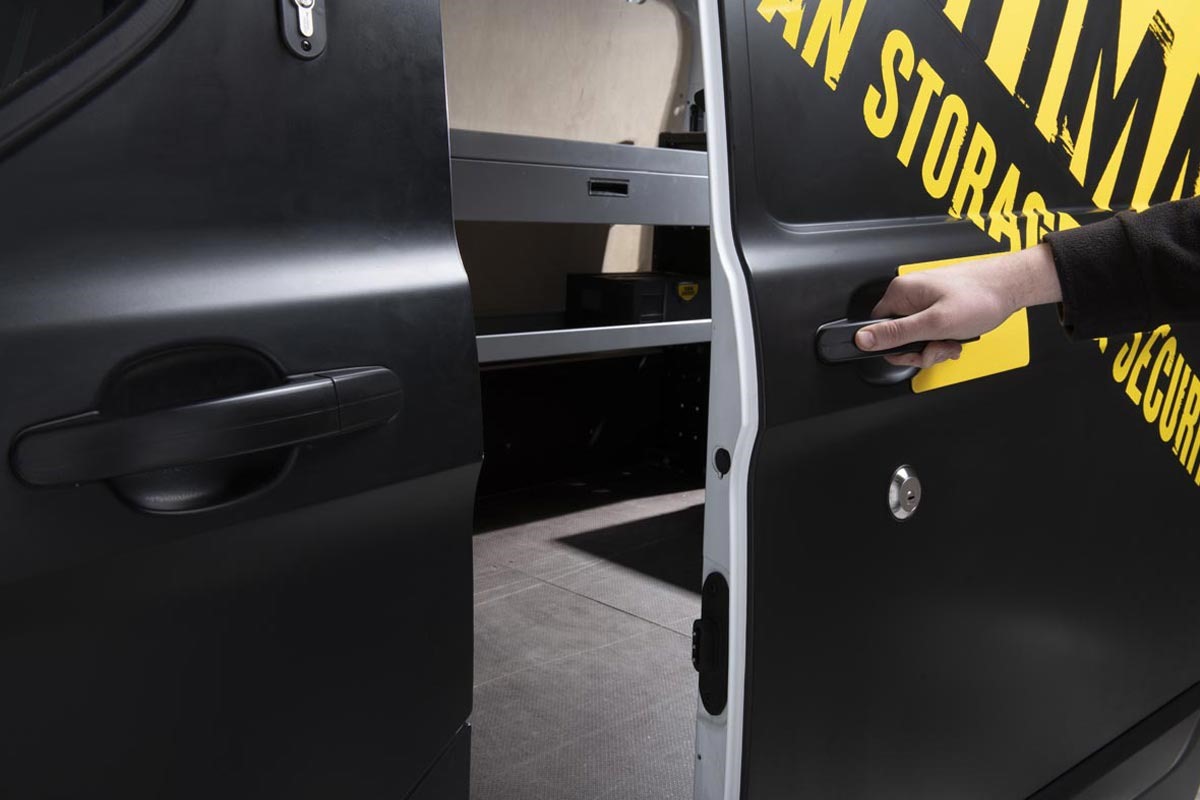Understanding Betacam Tapes and Their Importance
What Are Betacam Tapes?
Betacam tapes are a family of video tape formats introduced by Sony in the early 1980s and are widely recognized in the television and film industries. The most popular among these formats include Betacam, Betacam SP, Betacam SX, and Digital Betacam (DigiBeta). Each format has specific technical characteristics, defining resolutions, and mechanisms suited for various production environments. Betacam tapes utilize a quarter-inch tape housed within a durable cassette, designed for high-quality video recording and playback.
The Betacam series was primarily designed for professional broadcasting environments, offering superior color reproduction and image stabilization compared to its contemporaries. Betacam SP, for example, provided improved quality and was known for its robustness, making it a favorite among producers and networks during the 1990s and 2000s.
Historical Significance of Betacam Formats
Since its inception, Betacam has played a pivotal role in revolutionizing how video content was recorded, edited, and broadcasted. Its production debuted when the switch from analog to digital formats was still in its infancy, positioning Betacam as a bridging technology that facilitated high-quality video production. Channels like BBC and CNN utilized the Betacam formats extensively, solidifying its importance in television history.
The history of Betacam is intertwined with the evolution of video technology. With advancements such as Beta SP and ultimately DigiBeta, these formats were pivotal in transitioning the industry towards digital content, paving the way for modern recording standards. Today, countless hours of historical footage exist on Betacam tapes, representing a crucial aspect of visual storytelling and heritage.
Reasons to Convert Betacam to Digital
As technology evolves, older formats like Betacam are at risk of degradation and obsolescence. There are several compelling reasons to convert Betacam to digital, including:
- Preservation of Content: Betacam tapes can deteriorate over time. Transitioning to digital formats prevents loss due to tape wear, environmental factors, and outdated playback equipment.
- Accessibility: Digital files can be stored across multiple platforms and shared easily, in contrast to physical tapes, which require specific playback devices.
- Quality Enhancement: Advanced digital conversion can enhance the visual quality of the footage, offering higher resolutions and better compatibility with modern playback systems.
- Ease of Storage: Digital files take up less physical space while allowing for a more organized and searchable library.
Choosing the Right Betacam to Digital Conversion Service
Evaluating Service Providers
Not all Betacam to digital conversion services are created equal. It’s essential to evaluate service providers effectively before handing over your precious tapes. Here are key factors to consider:
- Experience: Companies with a solid track record in video tape conversion, particularly Betacam to digital, bring valuable know-how to ensure high-quality results.
- Equipment: High-quality digitization requires specialized equipment. Look for services that use professional-grade video tape recorders (VTRs) and encoders.
- Customer Reviews and Testimonials: Explore reviews and testimonials from previous clients to gauge their experiences and satisfaction.
- Security and Privacy: Ensure that the provider has robust measures in place to protect your content during the conversion process.
Cost Considerations for Tape Conversion
The cost of converting Betacam tapes to digital can vary widely depending on several factors:
- Number of Tapes: Bulk conversions can lead to discounts, so inquire about pricing for multiple tapes.
- Type of Conversion: Different formats (Betacam, Betacam SP, DigiBeta) may have different pricing structures due to the complexity involved.
- Output Quality: Higher-quality outputs, such as uncompressed digital files, may come at a premium compared to compressed formats like MP4 or DVD.
It’s advisable to obtain quotes from multiple service providers and compare their offerings to find the best value without compromising quality.
Comparing Quality: Analog vs. Digital Outputs
When weighing Betacam to digital conversion options, understanding the quality differences between analog and digital outputs is crucial. Here’s a breakdown:
- Analog Outputs: Tapes may provide a warm, organic feel, which some purists appreciate, but they are susceptible to degradation, color shifts, and noise over time.
- Digital Outputs: Convert tapes to high-definition formats with clarity and precision. Advanced processing can remove noise and improve contrast, but the digital look may be considered less charming by some.
Ultimately, the best approach balances personal preference with the need for preservation and quality.
Betacam to Digital Conversion Process Explained
Step-by-Step Overview of the Conversion
The process of converting Betacam tapes to digital involves several distinct steps:
1. Tape Assessment
Technicians should first evaluate the physical condition of each tape, looking for signs of wear, damage, or mold that could affect playback quality.
2. Cleaning and Maintenance
Before conversion, tapes may require cleaning to remove dust or debris, ensuring optimal playback. Any necessary repairs should be made at this time.
3. Setup of Playback Equipment
Using high-end VTRs designed for Betacam playback is critical. These machines ensure accurate reading of the tape signals.
4. Digital Capture
The video signal is captured and encoded into a digital format. This step is where quality is paramount, and technicians should monitor levels to prevent data loss.
5. Quality Check
Post-capture, a quality check compares the original playback with the new digital file, ensuring fidelity and addressing any issues encountered during the conversion.
6. File Formatting and Delivery
Finally, the digital files are formatted as per the client’s specifications and delivered through secure means such as cloud storage or physical drives.
Required Equipment and Setup
Specialized equipment is crucial for a successful Betacam to digital conversion. Key tools include:
- Professional VTRs: Machines like the Sony BVW-75, specifically built for playback of Betacam tapes, cater to high-quality standards.
- Video Capture Cards: These integrate with computers to facilitate high-resolution video capture and processing.
- Editing Software: Cutting-edge software is essential for color correction, noise reduction, and post-production enhancements.
Additionally, technicians must possess a sound understanding of how Betacam tapes function and their characteristics to optimize the capture process effectively.
Handling and Preparing Your Tapes for Conversion
Proper handling and preparation of Betacam tapes before conversion can significantly impact the final output quality. Here are essential considerations:
- Environmental Conditions: Store tapes in a climate-controlled environment, avoiding high humidity and temperature fluctuations.
- Protective Housing: Ensure that tapes are housed in protective containers to prevent physical damage.
- Regular Maintenance: If you have Betacam playback equipment, regular checks and cleaning can maintain optimal playback quality.
By adhering to these practices, you can safeguard the integrity of your tapes when the time comes for conversion.
Best Practices for Preserving Digitized Content
Storage Solutions for Digital Files
After converting Betacam tapes to digital, the next step is ensuring that your digital files are preserved efficiently. Here are storage solutions to consider:
- Cloud Storage: Use reliable cloud services that provide redundancy and backups, safeguarding your files against local failures.
- External Hard Drives: An additional backup on external drives offers an offline solution, but ensure they are stored safely to avoid damage.
- Media Organizations: Employ software that can help you catalog and categorize your digital library for easy access and management.
Metadata and Cataloging Your Digital Library
Effective metadata is essential for managing and retrieving digital files. Consider the following when developing your metadata strategy:
- Descriptive Metadata: Include titles, dates, descriptions, and creator information to provide context.
- Technical Metadata: Capture details about the file format, resolution, and duration for easier management.
- Preservation Metadata: Document the conversion process and any changes made to the original material, which can be vital for future restoration efforts.
Investing time in cataloging will enhance your library’s accessibility and usefulness for the long term.
Regular Maintenance of Digital Files
Once your files are stored digitally, regular maintenance is crucial to ensure long-term preservation and usability:
- Backup Regularity: Schedule consistent backups of your files across multiple locations to mitigate the risk of data loss.
- File Format Upgrades: As technology advances, some file formats may become obsolete. Plan for periodic assessments and conversions to newer formats as necessary.
- Integrity Checks: Regularly check the health of your digital files to ensure they are intact and free from corruption.
Future of Video Formats and Further Upgrades
The Trends in Video Formats and Storage
The landscape of video technology is continuously evolving, and staying abreast of trends is vital for media managers and archivists. As formats improve, so do storage solutions:
- Higher Resolutions: With developments such as 4K and 8K, future upgrades may not only focus on storage but also on the capabilities for higher fidelity.
- Cloud Innovations: Advances in cloud technology now allow for faster data transfers, improved security measures, and scalable storage capacities.
- AI in Editing: Artificial intelligence is playing a larger role in video editing and management, enhancing workflow efficiencies and automating tasks like content categorization.
What’s Next After Betacam to Digital?
After converting your Betacam tapes to digital, the future holds numerous possibilities:
- Digital Archiving: Focus on establishing a strategic plan for digital archiving to ensure long-term organizational and accessibility benefits.
- Content Monetization: If archives contain valuable content, consider pathways to monetize that footage through licensing or distribution partnerships.
- Social Media Distribution: Digitized content can fuel online traction. Use modern platforms for sharing snippets or full videos, promoting engagement through social media.
Embracing Technology for Optimal Preservation
As technology continues to advance, staying informed about the best practices for video preservation is crucial. Here are additional technological enhancements you can embrace:
- File Compression Techniques: Employ advanced codecs that maintain quality while minimizing file sizes, optimizing storage without compromising fidelity.
- Blockchain for Authenticity: Explore blockchain for verifying authenticity and ownership of digital content, providing integrity and transparency in distribution.
- Smart Storage Solutions: Consider emerging technologies like DNA data storage, which promises a revolutionary approach to long-term data preservation.
By seeking out innovative solutions, you ensure that your video content remains preserved, accessible, and relevant in a rapidly changing digital world.















Leave a Reply